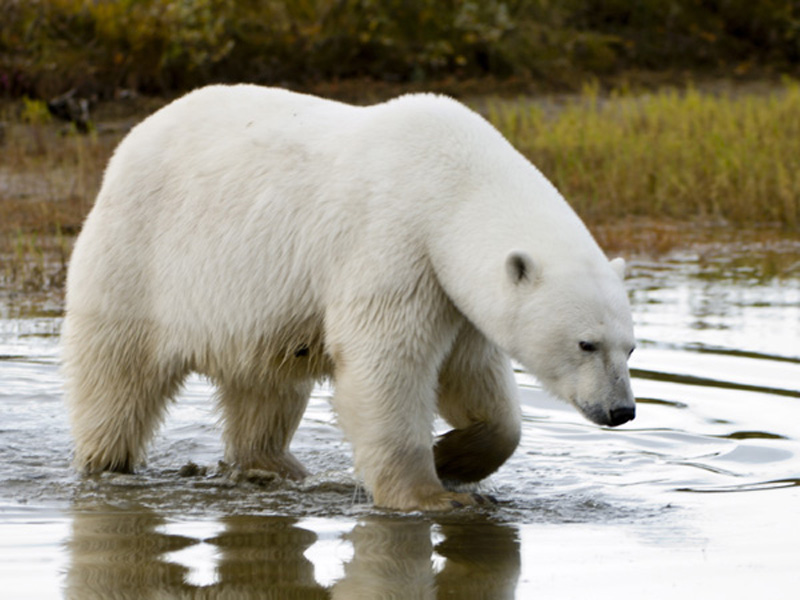Climate Crisis: A Chilling Fate

On December 12, 2015, the Paris Agreement was adopted by consensus of nearly 200 state parties showing great willingness to work together to protect the common home of humankind. Just three years later, however, the ninth Emission Gap Report released by the UN Environment delivered a jarring wake-up call: Current national emission reduction commitments are far from enough to meet the climate target of 2030. The report also stressed that to achieve the Paris Agreement’s target of limiting the increase in average global temperature to well below two degrees Celsius above pre-industrial levels, commitments to emission reduction need to be quadrupled from current levels. To limit the rise to 1.5 degrees Celsius, efforts would need to increase five-fold.
Global carbon emissions continue to increase year by year, and in 2018 the annual growth rate reached an all-time high of 2.7 percent. Global warming is no longer a theoretical prediction by scientists, but a harsh reality. Unusually high temperatures in the Arctic Circle above 30 degrees Celsius have led to the thawing of the permafrost. Near Greenland, the Arctic’s thickest sheet of sea ice broke up for the first time in thousands of years. And the California wildfires in the United States consumed vast swaths of forests and pastures, resulting in heavy casualties and economic losses.

A polar bear prowls a barren landscape on the shores of Hudson Bay, Canada. As the Arctic and sub-Arctic sea ice melts due to global warming, polar bears face long summers without fat reserves from seals. VCG
Regardless of how long U.S. President Donald Trump continues to deny the consequences of rising carbon emissions, the irreversible damage to the planet will continue. The Intergovernmental Panel on Climate Change has warned that the impacts of global warming of more than 1.5 degrees Celsius above pre-industrial levels will lead to devastating climate consequences after 2030. Only 12 years remain for decisive preventative action before the planet becomes a greenhouse by 2030.
Another noteworthy development is that although countries that had looked to Washington to promote strong climate agreements remain hesitant, China has shown strong determination to step up to the challenge, emphasizing the cost of carbon emissions and using carbon pricing as an important method of reducing emissions. China has successfully reduced coal consumption for three consecutive years. Through supportive policies, sales of electric vehicles in the country are also growing steadily.
In recent years, China has constantly stressed “green development” by reducing demand for coal-fired power, expanding the clean energy market and improving the national carbon trading system. Examining root causes and seeking effective solutions, China’s commitment to promoting global green and low-carbon development and building a community with a shared future for humanity has been recognized by many countries. China will continue to play an important role in South-South cooperation in the field of climate change. In the future, the international community will closely monitor China’s actions, in the hope that it will contribute Chinese experience, wisdom and fresh approaches to tackling global climate change.
But we must keep in mind that the road to green development remains arduous and long. Under the Paris Agreement, no mechanism forces any country to set a specific target by a specific date. As severe consequences of climate change continue to emerge, how to allocate emission reduction tasks and achieve a balance between climate governance and national development is still an important issue that urgently needs to be discussed by all countries. In any case, reduction of carbon emissions has become urgent and imminent.
“This new report makes it clearer than ever that we’re in the race of our lives,” declared Nathaniel Keohane, senior vice president of the Environmental Defense Fund. “Our fate—and the fate of our children—is in our hands. We can make decisions that protect our communities, our children and future generations, or we can pass on a world far different and more damaged than the one we inherited.”
Kely is a freelance writer and environmentalist.